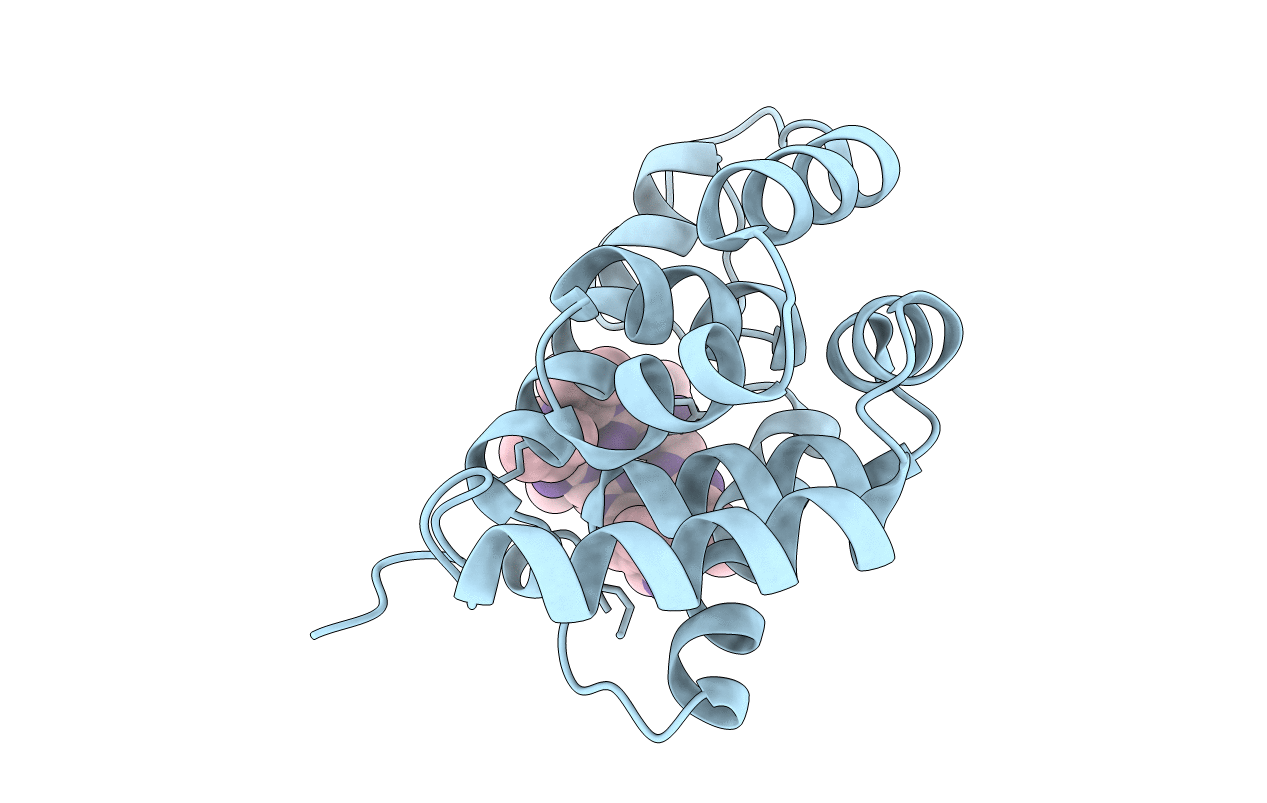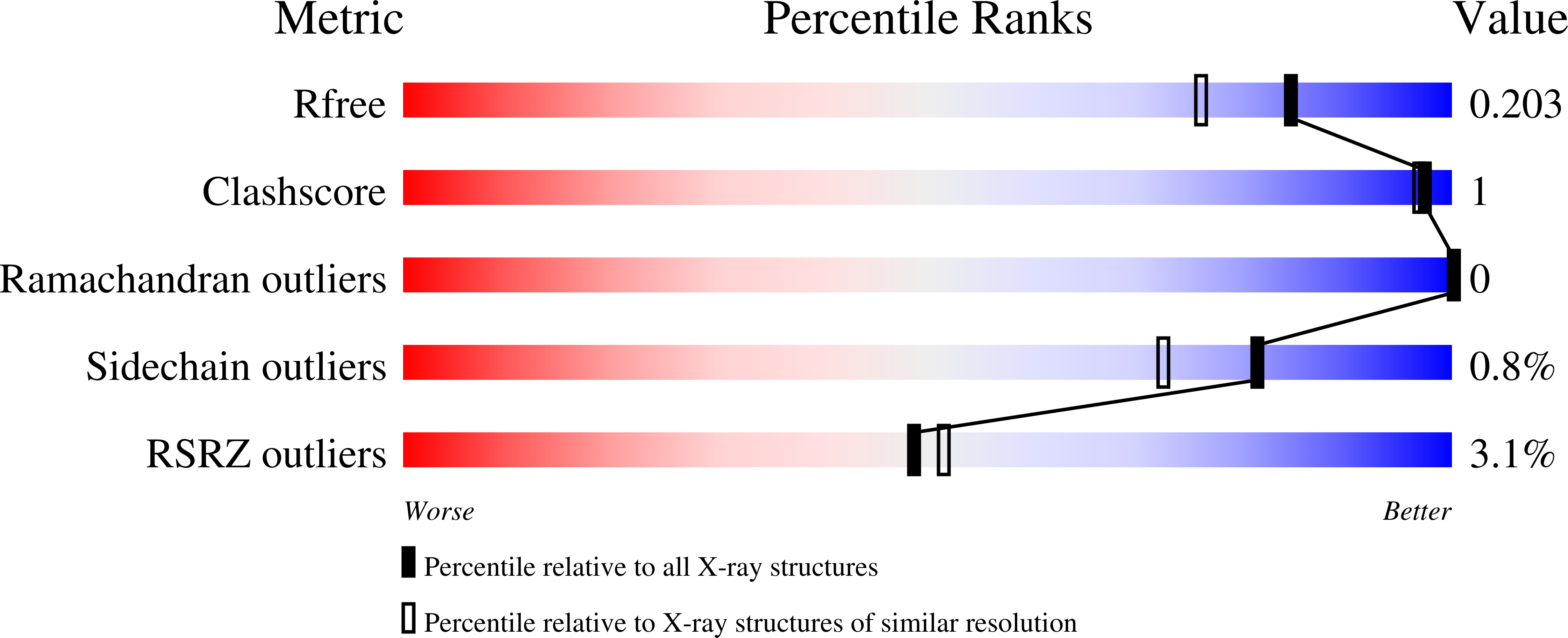
Deposition Date
2020-09-03
Release Date
2021-08-11
Last Version Date
2024-01-31
Entry Detail
Biological Source:
Source Organism:
Mycobacterium tuberculosis (Taxon ID: 1773)
Streptomyces (Taxon ID: 1883)
Streptomyces (Taxon ID: 1883)
Host Organism:
Method Details:
Experimental Method:
Resolution:
1.68 Å
R-Value Free:
0.20
R-Value Work:
0.16
R-Value Observed:
0.17
Space Group:
P 1


